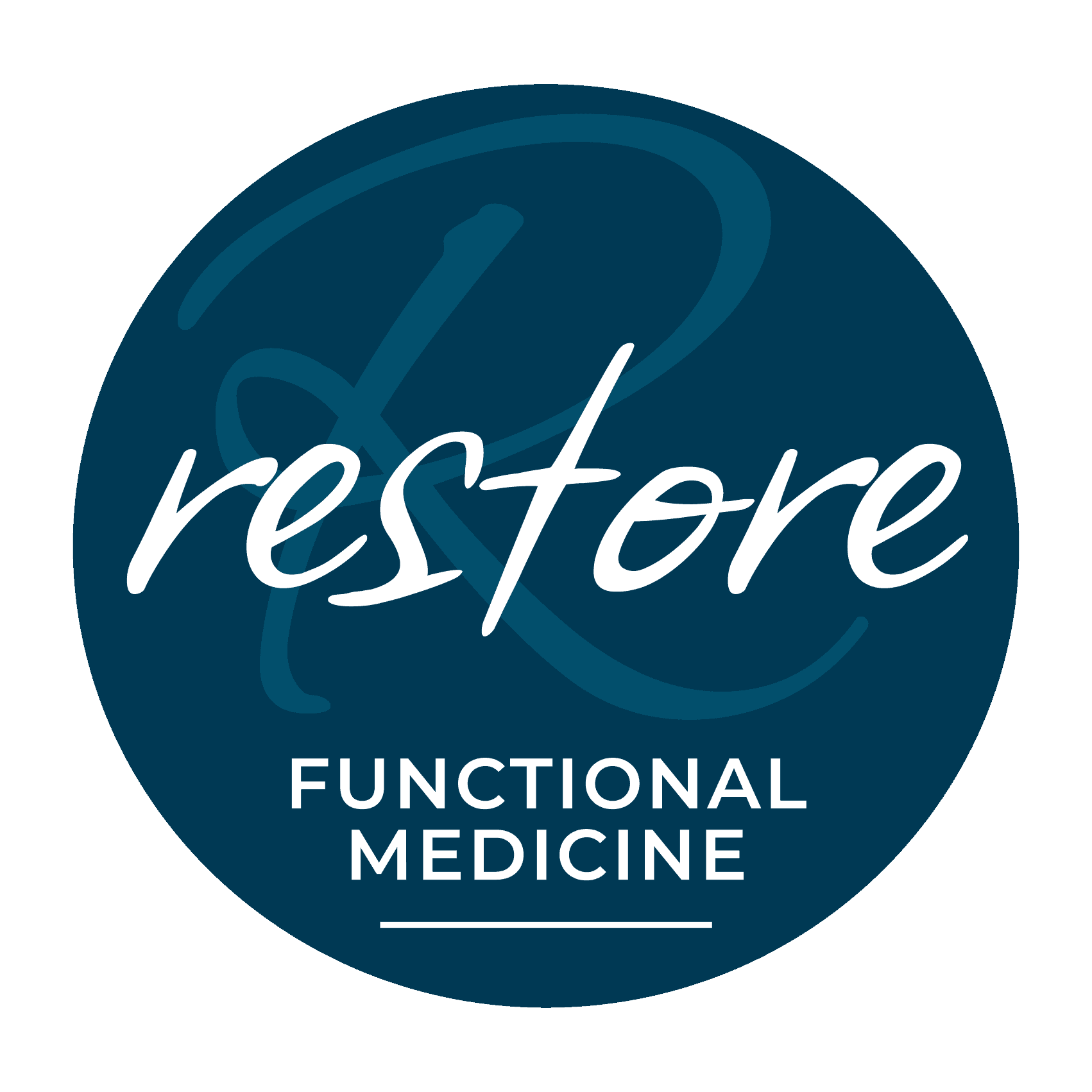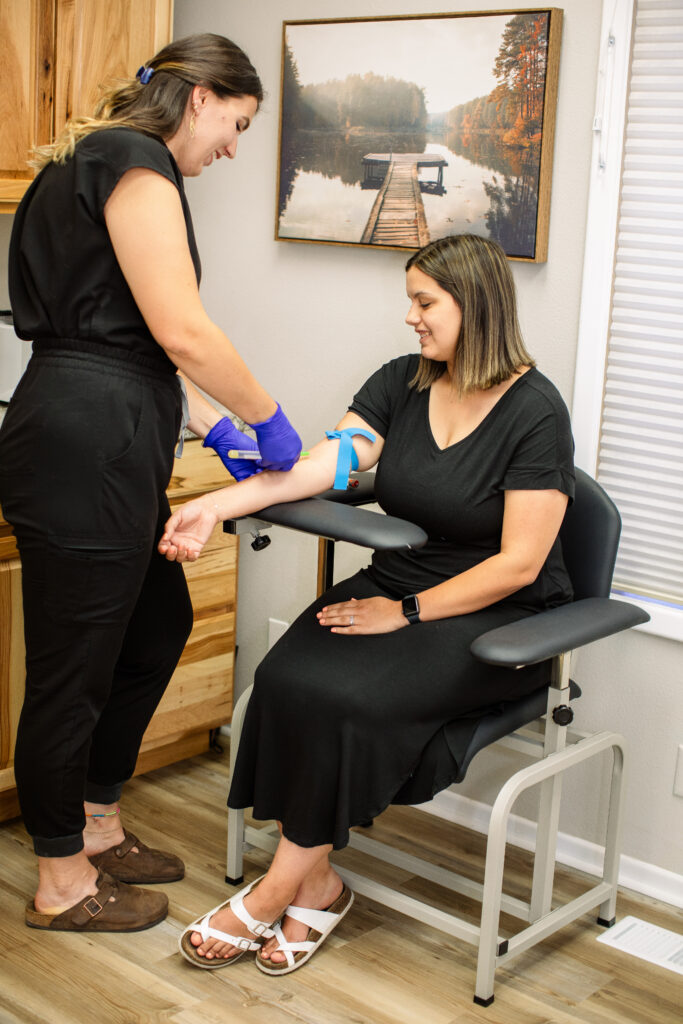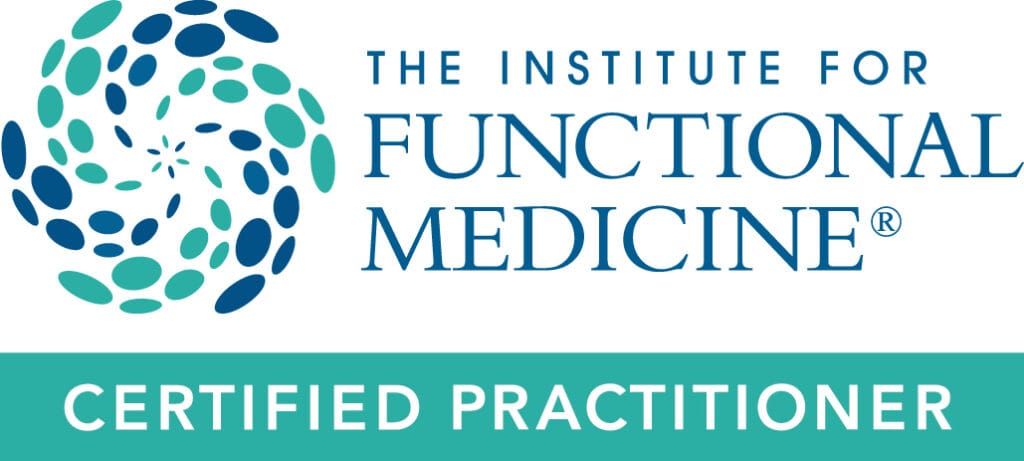Only 5% of women eligible for Hormone Replacement Therapy are currently using it. This is a significant reduction from the 40% of women who used HRT in 2002. Let’s discuss HRT, what it is, what it does and why is it so underutilized?
The term Hormone replacement therapy is most associated with the replacement of reproductive hormones after menopause. However, it encompasses much more. Traditional HRT is prescribed for women who have entered menopause and are struggling with symptoms like hot flashes, vaginal dryness, decreased energy and insomnia. Utilizing HRT for these patients improves quality of life and increases vitality for this population. So why are only 5% using it? The WHI study in 2002, resulted in practitioners and patients pulling back from HRT due to an apparent increased risk of breast cancer in study participants. Though the flaws in this study have been identified and published, many providers and patients continue to exclude HRT as a treatment modality for women in menopause. Let’s examine the risk versus benefit in menopausal women.
Benefits of Hormone Replacement Therapy for Women:
HRT is effective in treating symptoms of menopause, such as hot flashes, night sweats, mood swings, and vaginal dryness.
HRT can also improve sleep, reduce the risk of osteoporosis, and lower the risk of diabetes and cardiovascular disease.
HRT can include estrogen, testosterone and progesterone or only or as a combination of estrogen and progesterone.
Risks of Hormone Replacement Therapy for Women:
HRT can have some risks, including an increased risk of endometrial cancer, blood clots, stroke, and breast cancer.
It is important to note that the risks of HRT can be mitigated by working with an experienced hormone provider who takes a detailed history and plans a customized treatment plan based on individual risk, using the lowest effective doses and ensuring annual screenings. Bio-identical HRT further decreases risk.
The benefits of HRT outweigh the risks for most women and can provide protection for heart health, bone health and brain health.
HRT is much more than just menopause care. It also includes hormone optimization in perimenopause and PCOS to assist with hormone imbalances that occur frequently in these patients. Optimizing reproductive hormones before menopause in some patients can be beneficial for quality of life, treatment of metabolic dysfunction and prevention of chronic disease.
What About Men?
HRT also applies to men. As men age testosterone levels decline. That reality combined with the multiple hormone disruptors in our environment and food supply has resulted in a population of men with suboptimal testosterone levels. Treating men with testosterone replacement therapy should be considered in many of these patients so let’s examine some risks and benefits.
Benefits Hormone Replacement Therapy for Men:
- Improved mood: HRT can help with depression, irritability, and mood swings.
- Increased energy: HRT can help with fatigue and lethargy.
- Increased muscle mass and strength: HRT can help with muscle loss and reduced strength.
- Improved bone density: HRT can help with low bone mineral density (BMD), which can make bones more fragile and more likely to break.
- Improved sexual function: HRT can help with sexual desire, erectile function, and overall sexual activity.
- Improved cardiovascular health: HRT can have beneficial effects on cardiovascular health.
- Improved weight management: HRT can help with weight gain and obesity.
- Improved cognitive function: HRT can help with memory and mental acuity.
- Improved sleep quality: HRT can help with sleep quality.
- Improved beard growth: HRT can help with beard growth.
Risks Hormone Replacement Therapy for Men:
- Prostate issues: HRT can worsen symptoms of benign prostatic hyperplasia and may cause prostate cancer to grow
- Blood clots: HRT may increase the risk of venous thromboembolism, a type of blood clot
- Skin issues: HRT can cause acne, blisters, itching, or redness
- Infertility: HRT can reduce or absent sperm production
It is important to note that the risks of HRT can be mitigated by working with an experienced hormone provider who takes a detailed history and plans a customized treatment plan based on individual risk, using the lowest effective doses and ensuring annual screenings. Bio-identical HRT further decreases risk.





